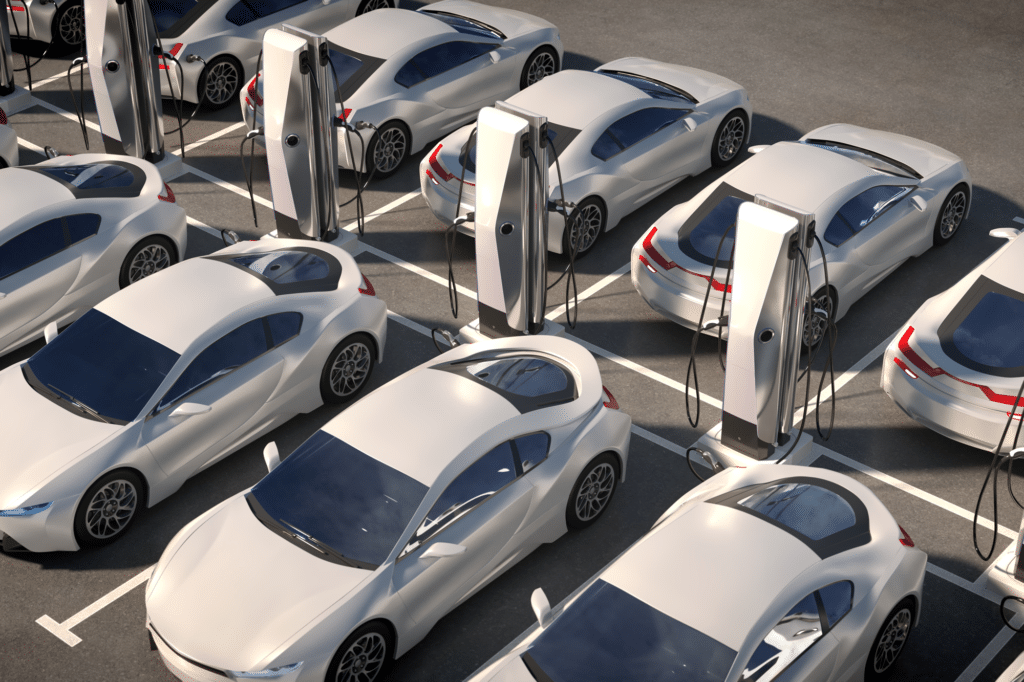Electric Vehicle Charging Offers Gains Against Mobility Inequity
Electric vehicles are hot commodities these days, evidenced by, among other things, the huge number of new orders for the F-150 Lightning pickup truck and that the new Chevy Silverado electric pickup recently sold out in 12 minutes, according to the CEO of GM. In the past, most electric vehicle models have been priced at the higher end of the spectrum, more suited for higher-income groups than the average household’s income level.
However, that situation is changing and lower-cost electric vehicle models are becoming more common. Several major automobile manufacturers have entry level electric vehicle models in the works or already on the street (think Nissan Leaf and Chevy Bolt). Mid-priced models are popping up on the market, including Volkswagen’s ID.4 and Hyundai’s Ioniq Five. Even Tesla’s long-awaited, under-$30,000 vehicle is in development, with a small hatchback to be offered in 2023.
Parking and Mobility
What does this mean for the parking and mobility industry? In one sense, it’s a reminder that we can be sustainable in our mobility choices and still enjoy the convenience and comfort of a private motorized vehicle. Sure, riding a bicycle or walking to your destination, or riding a bus, are very sustainable mode choices, however not everyone has those options or will choose to eschew driving.
Even at UCLA, with our long-standing, successful transportation demand management program, our Sustainable Transportation Plan acknowledges that a large portion of our commuters—more than a third—will continue to drive to and from campus for the foreseeable future. Therefore, it makes sense to help enable as many of these commuters as possible to choose an electric vehicle.
Charging

Nonetheless, UCLA is not in the business of selling cars, so how can it boost electric vehicle ownership? By making EV charging available at costs far lower than the cost of gasoline for the same commute distance—and even include a bit of free EV charging with a Clean Fuel parking permit.
Of course, chargers and their installation are not free, so UCLA does not give away Level 2 or Level 3 charging sessions. But it has learned that by providing an inventory of 120v outlets—Level 1 charging—in its parking structures, and making those available to any EV owner who has a Clean Fuel permit, UCLA can provide approximately 25 miles of “trickle charge” to hundreds of EV commuters each day. As lower-cost EVs become more common, UCLA aims to educate its campus community—particularly its lower-income employee cohort—about the lower total cost of ownership that these electric vehicles offer. By combining the federal tax credit and California tax credit for EV’s and calculating the cost of maintenance of a gasoline vehicle vs. the lower cost of maintenance for an EV, the appeal of an electric commute vehicle rises. Add in the policy choice of enabling free trickle charging at a Level 1 outlet, and that can swing the purchase decision towards an electric vehicle.
Each time that occurs, an employee will benefit by not digging into their pocket to pay to fill up at the gas station, and the Los Angeles Basin’s air quality will be that much better, not to mention the reduction in greenhouse gas emissions. This a win-win scenario, and UCLA hopes that as additional electric vehicles come into the marketplace, there are plenty of them offered at the lower end of the price spectrum. The trickle charge policy is particularly beneficial today, as many office employees can work a hybrid schedule, telecommuting several days per week from home. But many of UCLA’s lower-paid positions require an on-site presence, e.g. custodial staff, dining hall attendants, etc. The decision to enable gratis trickle charging is one way that the University will be able recognize this group’s daily contribution to UCLA. And, in the larger picture, the opportunity to improve mobility equity while reducing air pollution and greenhouse gas emissions is exactly the path that UCLA will pursue. ◆



